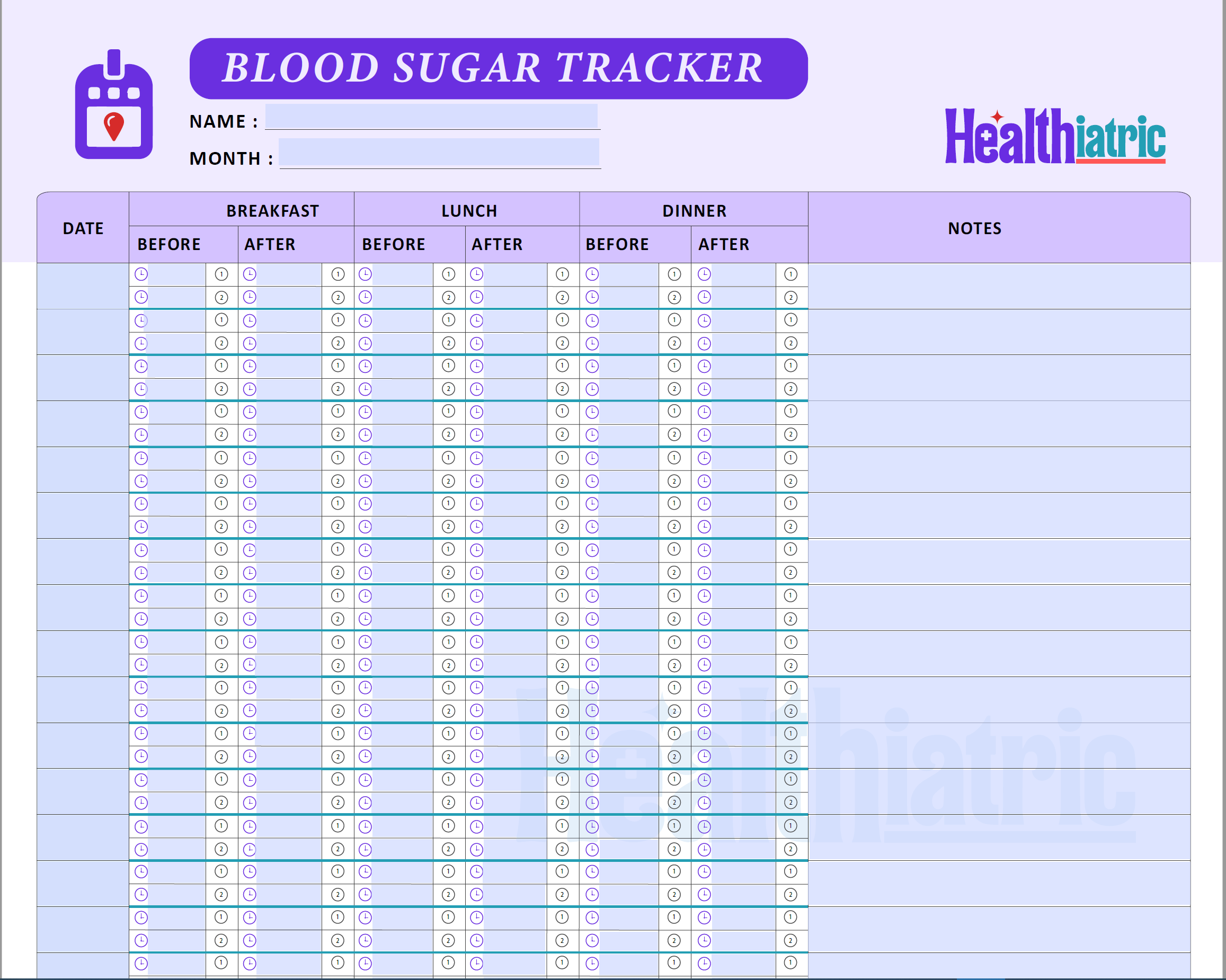
10 Foods That Are High in Healthy Carbs
You might have noticed that carbs have been demonized in the media and by healthcare professionals. No doubt, low-carb dieting has become the new black! While carbs come with certain health risks, they also provide many benefits. Some carbohydrates are healthier for you than others, and it’s essential to know which ones are.
Foods high in healthy carbs are essential for a balanced diet. Carbs obtained from high fiber, vitamins, minerals, and phytochemicals are considered healthy carbohydrates.
The right carbs can also regulate blood sugar levels in certain diabetics. However, many people do not know how to include nutritious meals into their diet. Here is a list of 10 high-carb foods you should include in your diet to stay healthy.
- Sweet potatoes are packed with beta-carotene, boosting vision and immunity.
- Lentils’ resistant starch feeds good gut bacteria for better digestion.
- Whole grains like quinoa reduce heart disease and diabetes risks.
- Oats stabilize blood sugar and prevent energy dips.
- Bananas’ natural sugars and electrolytes aid post-workout recovery.
- Carrots and corn fight cell damage with powerful antioxidants.
- Yogurt carbs support energy and gut health with probiotics.
- The brain relies on carbs for its primary energy source.
What Are Carbs Anyway?
Carbohydrates are a macronutrient that is the primary energy source in our body. They are found in food, such as fruits and vegetables, whole grains, beans, and legumes. These are more nutritious and have larger quantities of fiber, which helps to slow down the rate at which they are digested and absorb nutrients.
To maintain health, incorporate high-carb meals like whole grains, legumes, and fruits and vegetables in your diet.
Foods That Contain Healthy Carbohydrates
They are distinguished because they perform an active role in your body, as they provide the most readily available energy in the form of glucose. It is the sole energy source for the brain and contains essential nutrients beneficial to your overall health.
Because they have a protein-sparing function and inhibit the creation of ketone bodies, they are a critical component of your body’s connective and neurological tissues.
Following the American Heart Association, carbohydrates are divided into simple and complex carbohydrates. The kind of carbs you ingest will affect your well-being somehow.
When you consume them, your body breaks them down into simple sugars that are taken into your circulation and transported into your cells, where they may be used as a source of energy for your body.
Complex carbs carry out this process more slowly than simple carbohydrates. Due to this fact, complex carbs generate energy for a longer time.
While the simple sugars convert fast to glucose and have a high caloric content, they are only suitable for providing short-term power.
Several foods provide good carbs; the top ten are shown here.
Brown Rice
According to the Harvard School of Public Health, Brown rice is high in fiber, vitamins B1 (thiamine) and B6, and minerals such as magnesium, phosphorus, selenium, and manganese, among other nutrients. In addition, it has three edible components found naturally: bran, germ, and endosperm.
You might have heard that brown rice is high in fiber and minerals, making it a nutritious source of carbs that may help lower the risk of type 2 diabetes and cardiovascular disease.
It is because they include meals with a low glycemic index, which is why it takes longer to digest and will gradually raise the glucose level in your bloodstream (HSPH)
Quinoa
Many of us are unaware of this excellent carb! One of the most popular grains is quinoa. It is famous for its nutritional and dietary qualities. It contains multiple levels of high-quality protein and nutritious carbohydrates with more biological value than other cereals. That’s not all!
It also includes a high concentration of vital amino acids and minerals such as calcium, magnesium, phosphorus, and potassium. Moreover, it aids in digestion and helps maintain normal blood glucose levels.
Whole Grain Oats
We know about nutritious oats. It contains not only abundant phytochemicals, B vitamins, and minerals but also dietary fiber, healthful carbs, and other nutrients. It is an antioxidant-rich food, beneficial to the heart and the brain, among other things.
It aids digestion and food absorption, resulting in a sensation of fullness after a meal.
Carrot
This crisp, delicious, and very healthy tuber has reservoirs of Vitamin K1 and B6, potassium, and antioxidants in high concentrations. Additionally, it includes water and nutritious carbs that may help you feel fuller for more extended periods and reduce your calorie consumption at meals.
Isn’t it too good to lose weight?
More interestingly, its beta-carotene concentration gives it the potential to protect the body against various cancer forms. Like other carbs, it aids digestion and helps maintain healthy cholesterol and glucose levels. For this reason, they are helpful to persons with type 2 diabetes.
Broccoli
Broccoli contains vitamins C, K, and folic acid and minerals such as potassium, iron, and manganese. In addition, it has healthful digestible carbs, the majority of which are fiber. As a result, it promotes intestinal health and reduces the risk of developing different illnesses.
Almonds
When looking for a healthy snack, almonds are the perfect fit. They taste great and have an exorbitant amount of nutrients. Almonds have lots of protein, fiber, and vitamin E. You can add them to your cereal or fruit for breakfast or eat them as a healthy afternoon snack with some dark chocolate.
There are also many ways to cook with almonds in your kitchen, which you can find online or from a recipe book.
Almonds are nuts with many nutrients, a pleasing consistency, and an excellent taste. These are fiber-rich carbs, among other nutrients.
Therefore, they offer a variety of advantages, including the ability to decrease inflammation, promote the reduction of oxidative stress, control glucose levels, and aid in maintaining a healthy weight.
Lentils
Lentils are a legume family member high in protein and dietary fiber; the vitamins B6 and folate are found in them. In addition, minerals such as iron, potassium, phosphorus, manganese, zinc, selenium, and copper are present in significant quantities.
Legumes are high in protein, calcium, iron, and zinc. They are an excellent source of nutritious carbs, and their high fiber content helps keep their heart healthy.
Legumes are also cheap and easy to cook. A few legumes can add variety to your diet while being extremely affordable.
In addition, they can be frozen and stored for up to a year, so you don’t have to worry about running out!
Corn
Corn is a grain high in vitamins A and C and minerals such as copper, iron, magnesium, zinc, and phosphorus. Corn is also high in fiber. It is a meal that includes many levels of two antioxidants: zeaxanthin, which promotes eye health, and lutein, which protects your skin from the sun’s rays and helps prevent aging.
Zeaxanthin promotes eye health, while lutein encourages skin health by preventing aging.
Corn is also a major food staple and ingredient in many cuisines worldwide, especially in Latin America, Africa, and North America. Besides many other nutrients, corn contains fiber and nutritious carbs that aid digestion and manage cholesterol and glucose levels.
The best part? Corn is easy to find year-round from your neighbourhood supermarket.
Avocado
Avocados are a nutritious fruit high in vitamins C, E, and K and minerals like potassium and magnesium. They include monounsaturated and polyunsaturated fats, such as omega-3 fatty acids. These fats have been shown to have significant health advantages.
These nutrients work as antioxidants in the body and help manage cholesterol levels, which helps avoid atherosclerosis. As a result, it may also help prevent cancer and enhance the immune system.
Chickpeas
Chickpeas are high in protein, folate, fiber (both insoluble and soluble), iron, and phosphorus. And not just this! Chickpeas are stuffed with essential polyunsaturated and monounsaturated fatty acids (linoleic and oleic acids).
They have amylose, which is a kind of healthful carbohydrate that helps to minimize spikes in blood sugar levels when consumed.
They also include a soluble fiber known as raffinose, which helps maintain healthy gut flora. Apart from that, there is an antioxidant called sitosterol, which absorbs cholesterol from the blood and reduces the risk of cardiovascular disease.
They include a lot of fiber, which may help you stay fuller for more extended periods. It also slows digestion, aids in weight management, and reduces obesity.
Takeaway
We know that eating healthy is extremely important, not just for appearance but also for your health. Eating the wrong foods can lead to chronic diseases and early death. But eating the right foods can make you live a long and happy life.
The human body needs carbohydrates to function correctly, so including these meals in your diet is vital for good health. Knowing which resistant starches are for you and which ones aren’t is essential.
These meals, which include healthful carbs, are essential for the body’s ability to operate correctly. It is necessary to incorporate them into your daily diet and understand which ones are acceptable under each food categorization classification system.
The trick is to understand what carbs you should take and get them in various meals.



